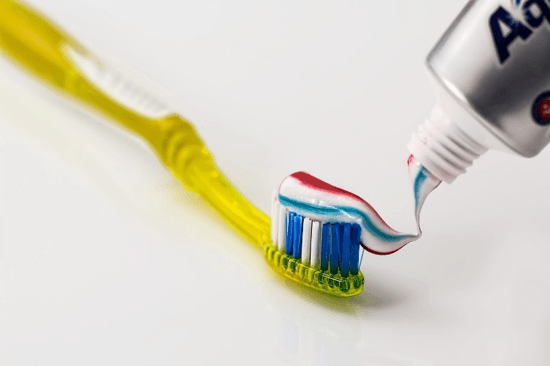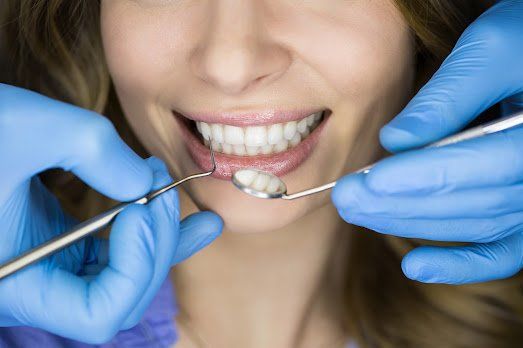4 Metrics to Check Your Gum Health Against

When you go to the dentist for an annual exam, he or she can inspect and measure your gums to see if they've changed since the last visit and if they're exhibiting signs of gum disease. But a lot can happen in a year, and prompt treatment is important if you develop gum disease. So you should also keep an eye on your gums during your daily oral hygiene routine.
Consider these are four metrics you can use to monitor your own gum health between dental visits.
1. Swelling and Redness
Often, one of the first signs of gum disease is a little extra redness or swelling of the gums. In this stage, gum disease is referred to as gingivitis. Typically, minor swelling and redness are indicative of the inflammation that your body produces when it has an immune response to a bacterial invasion.
In gum disease, the bad bacteria in your mouth invade your gums and take up residence between the gums and the teeth. Your body tries to flush them out by producing an inflammatory response. The good news is that if you catch and treat gingivitis in time before it progresses to periodontitis, you're much less likely to have problems such as loose teeth.
The bad news is that your body can't fight off the infection on your own. In order to reverse gingivitis, you're going to need professional care. Your dentist will likely recommend more frequent cleanings and perhaps scaling and root planing, depending on how far the infection has progressed.
2. Pain and Sensitivity
In addition to extra redness and swelling, you may notice some added pain and sensitivity in the early stages of gum disease. Keep in mind, though, that bacteria aren't the only thing that can irritate your gums and cause this sensitivity.
If you floss or brush too invasively, or experience a reaction to a dental care product, you may experience sensitivity for that reason. In this case, a visit to your dentist could resolve the problem quickly and easily.
3. Bleeding
Gums that are trying to fight off a bacterial infection will have plenty of blood flow to the area, and the inflammation can make the gum tissue more fragile as well. These two elements combine to make unhealthy gum tissue more likely to bleed quickly and easily
If you've been keeping an eye on your gums over the years, you know what your baseline normal is. If your gums are typically more fragile than the average person's, a little bleeding when you floss may just be normal, not indicative of gum disease. What you need to look for is an increase in the amount or frequency of bleeding.
4. Recession or Pockets
Healthy gums typically don't form pockets. If you have gum disease, your gums could be receding slightly or pulling slightly out and away, allowing pockets to form just beneath the gumline.
Gum recession can also be caused by grinding your teeth at night or other factors that irritate your gums over a long period of time. But either way, gum recession is serious because it exposes your tooth roots and isn't reversible. So keep an eye on the position of your gums and how tightly they attach to your teeth at the gumline.
These four items are all metrics your dentist may use to determine whether or not you're symptomatic of gum disease. If you notice these symptoms in between dental visits, you should schedule an extra visit to get to the bottom of it. Gum disease is a serious condition; it can not only cause pain, cavities, and tooth loss, but can even be a factor in heart disease.
If you're due (or overdue) for a dental checkup sometime soon or if you're experiencing dental issues such as the ones listed above, don't wait. Call Pittsburgh Dental Spa today to schedule a comfortable, relaxing dental visit.
Reviews from real patients:
Carmen up front is the nicest person ever! First time I met her she was running around doing many jobs and still being oh so sweet. Dr. Kelly is just as amazing! They truly make you feel comfortable and the atmosphere is amazing. Highly recommend!!
Brianna Bangs














